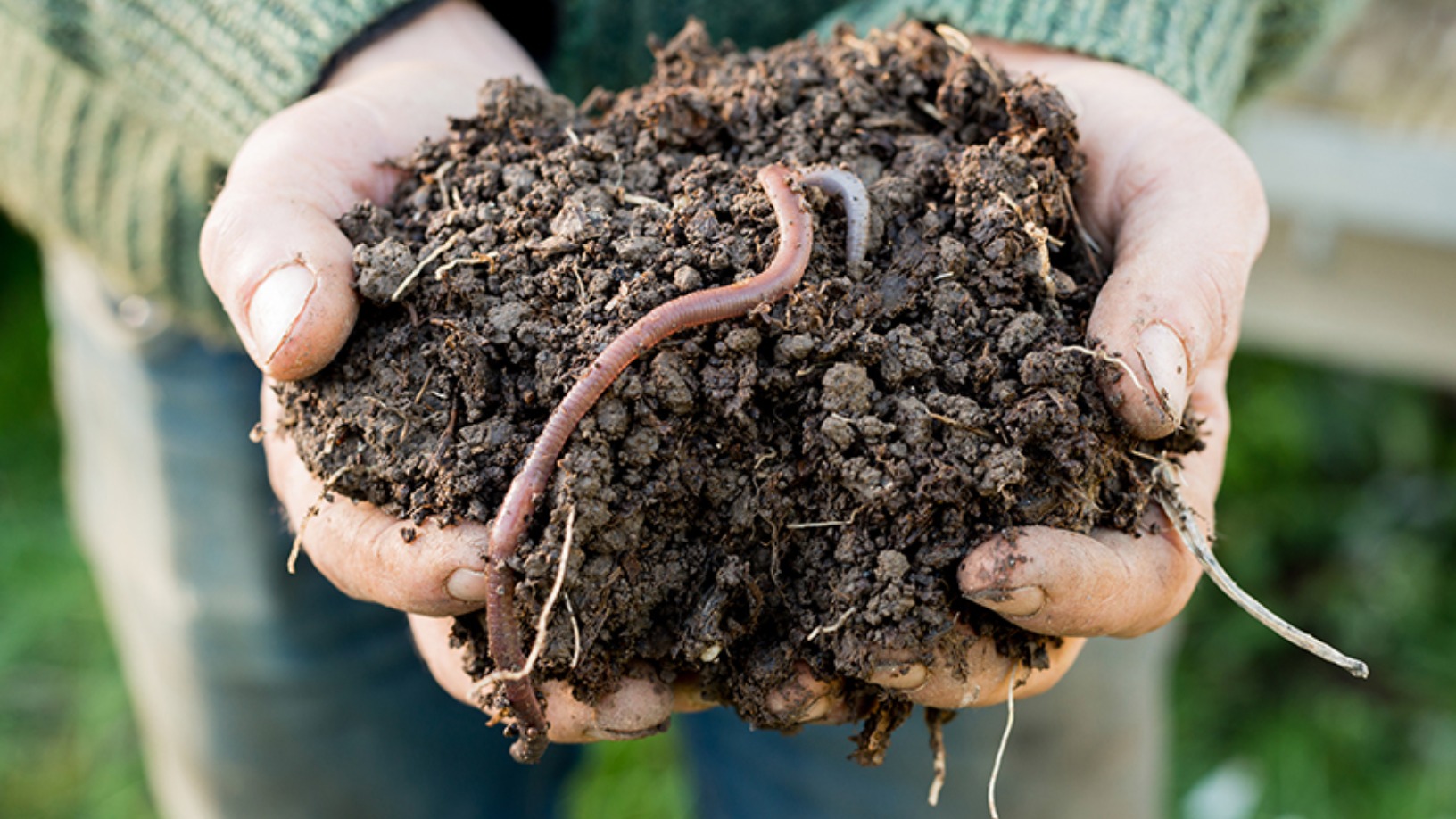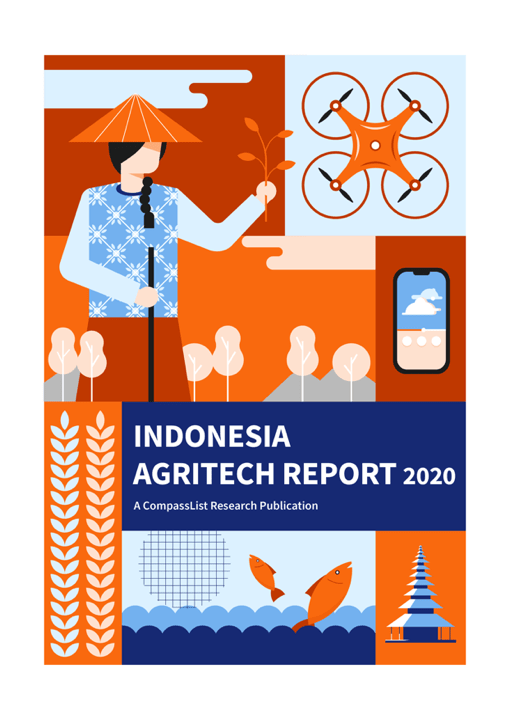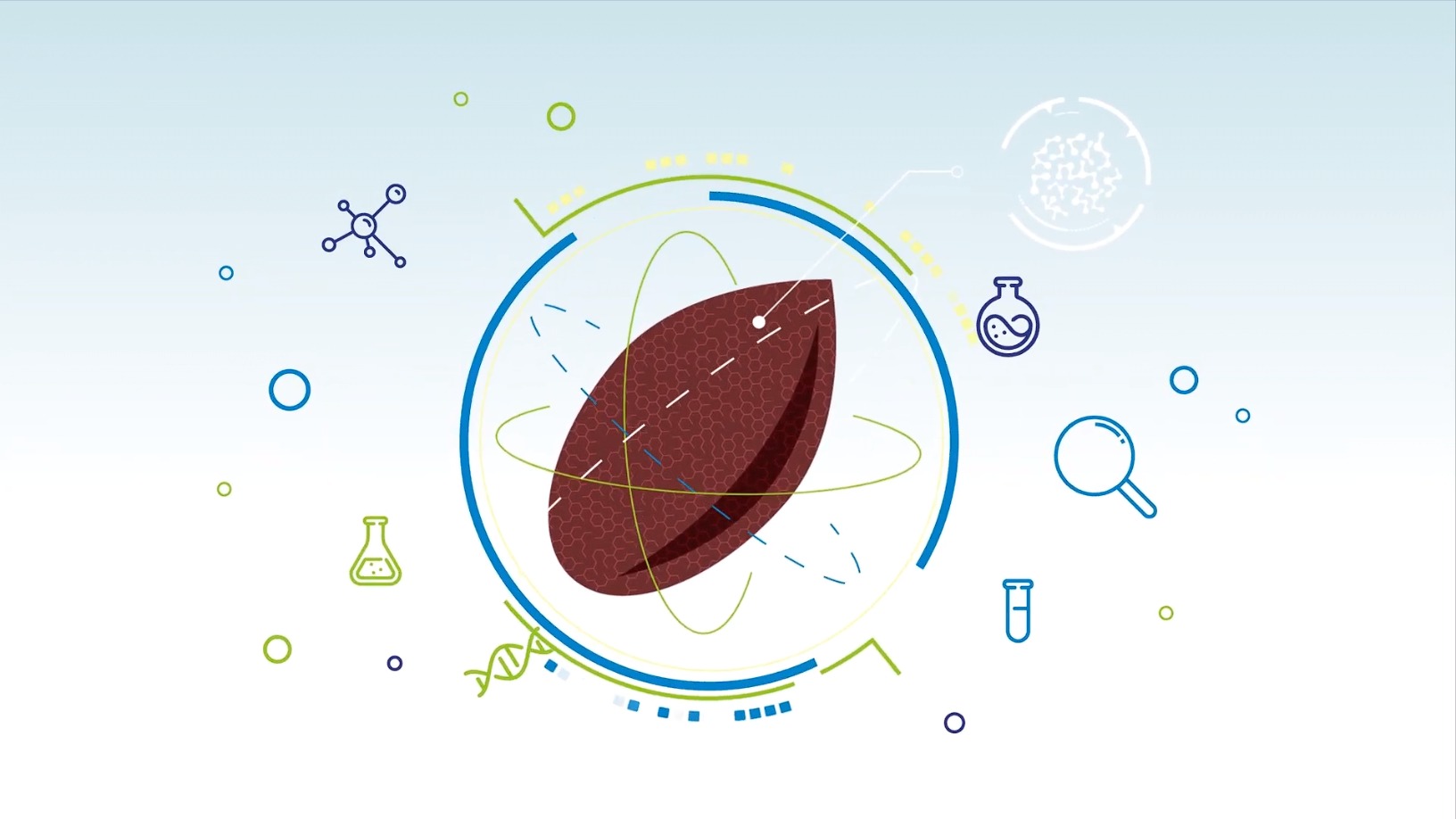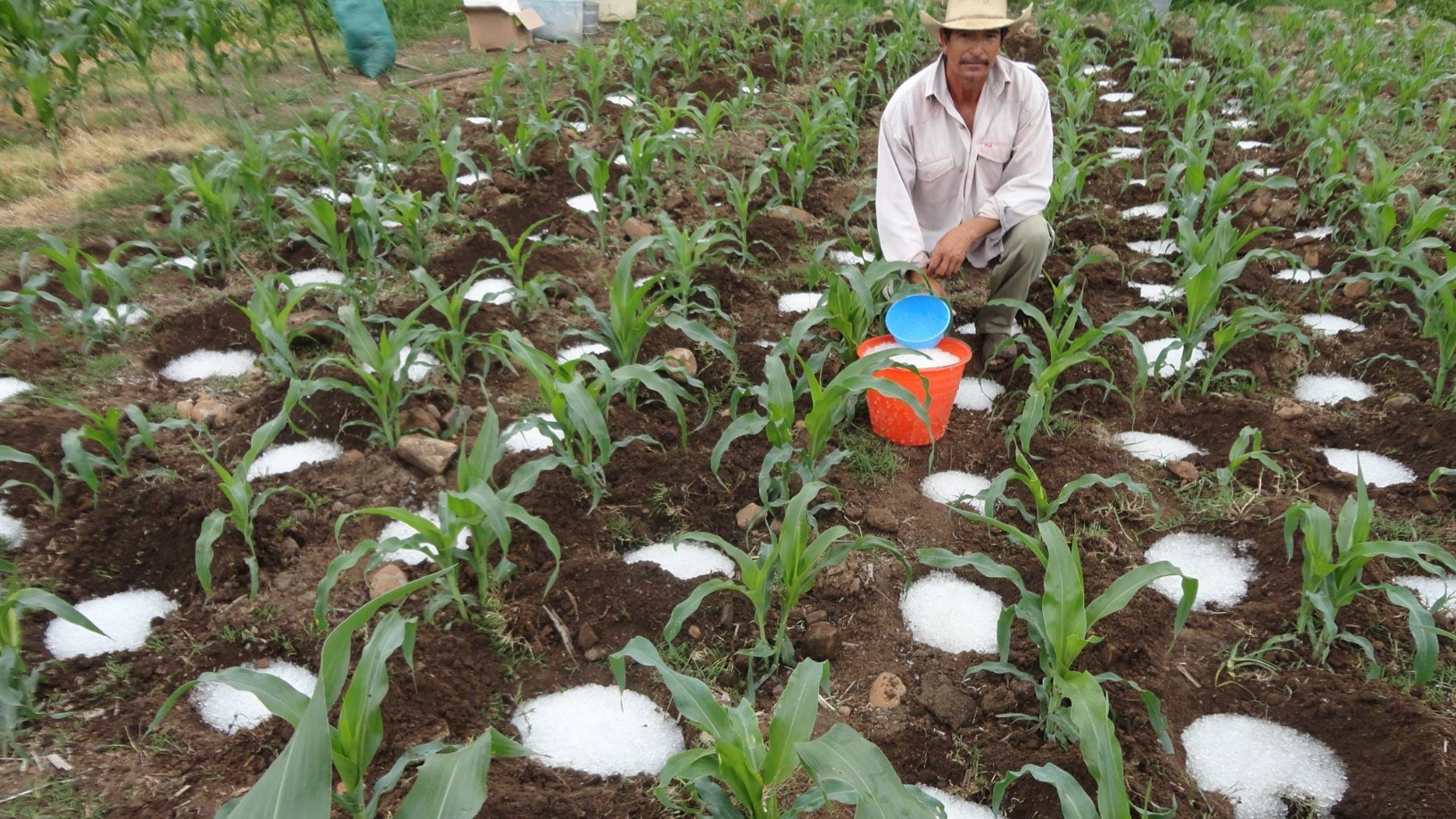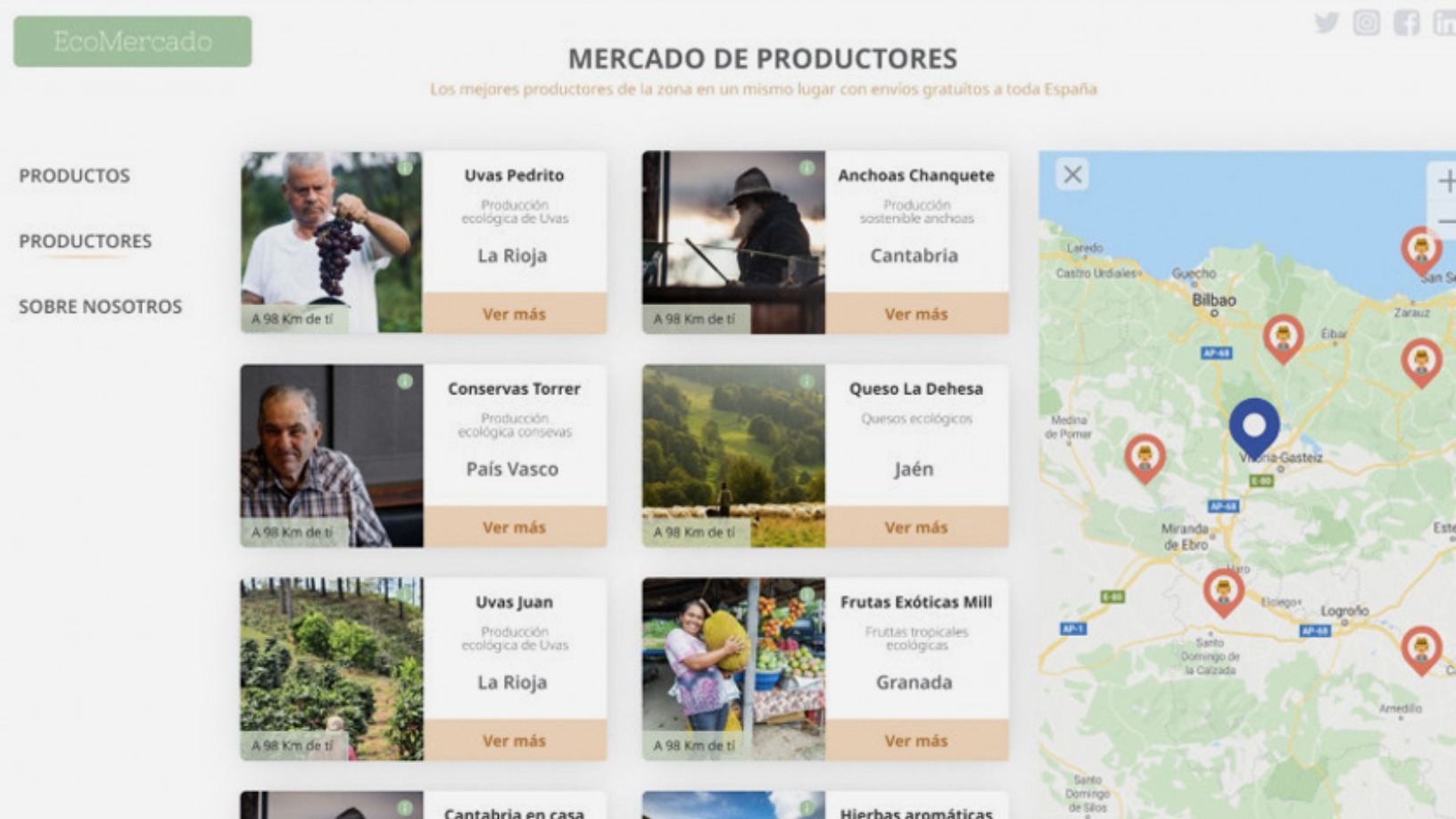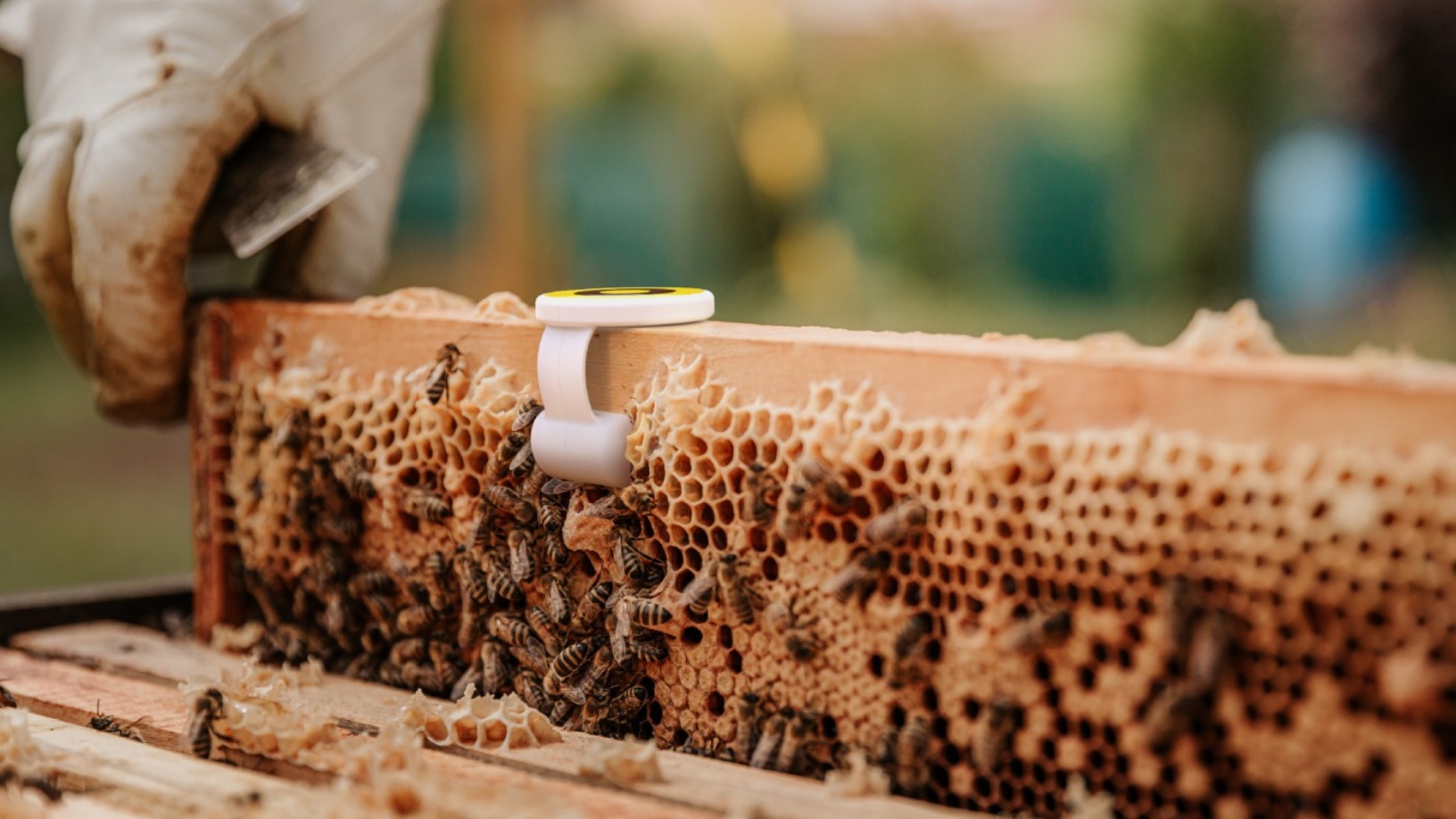In 2014, the Category 5 super Typhoon Rammasun made its landfall in Wenchang city on the northeastern coast of Hainan province, flooding about 10,000 mu (667 hectares) of fertile farmland with salt water and rendering the fields useless. Local farmers told Su Jiancheng, who was volunteering in disaster relief, that flushing the affected land with water was the only way to reduce the excessive soil salinity and alkalinity. Such a process of soil rehabilitation usually takes three to five years and cost about RMB 15,000 per mu then.
Seeing no hope in growing cash crops on the land for some years, many farmers on the island province migrated to cities in the mainland to seek other job opportunities. They would return to Hainan only once or twice a year, leaving behind their children and elderly parents unattended in the villages.
Su, who majored in plant protection at the former South China University of Tropical Agriculture, now Hainan University, thought the farmers could have benefited from a quicker and less expensive way of restoring the soil quality of their land. He was running an earthworm farm and much influenced by Charles Darwin. The English naturalist and biologist spent 39 years studying the earthworm before publishing The Formation of Vegetable Mould, Through the Action of Worms, with Observations on their Habitats in 1881, just before his death.
Earthworm castings are invaluable in effectively improving soil structure and quality by helping to retain water and air in the soil and breaking down organic matter into nutrients. “It’s the king of organic fertilizer,” Su said.
To test his hypothesis, Su and his team spread earthworm castings in a 5cm layer evenly over a piece of farmland, which they then plowed to a depth of 20cm using machines. After watering the field several times for a week, they sowed the seeds of pumpkin, cowpea and water spinach. To their surprise, production from that land was similar to or even higher than pre-disaster levels. “The soil recovered, and became even more fertile,” Su said. “That costs only RMB 1,500 per mu.” According to him, 3–5 tons of worm castings are needed for every mu of land.
The natural disaster proved to be a turning point in Su’s career in earthworms. At his farm, he had tried using earthworms to turn agricultural organic waste such as animal dung and rotten vegetables and leaves into organic fertilizers, but failed to figure out a profitable business model.
Su started his earthworm farm in Hainan in 2013, inspired by his exchanges with Zhuo Shaoming, a professor at the Chinese Academy of Tropical Agricultural Sciences (CATAS) and an earthworm expert. Su had filmed Zhuo while producing content for CATAS as part of his previous work in media, documenting the Academy’s research in using earthworms to manage agricultural waste, or vermicomposting, specifically in rubber and banana plantations.
More sustainable and profitable
In March 2015, with funding from Hainan Chengmei Charity Foundation, where Su had served as a typhoon relief volunteer the year before, he founded Xing Nong Fu (literally, “star farmer”) to develop technologies for breeding and raising earthworms on the forest floor of local rubber plantations and using the worm castings to improve the soil.
The startup has built an 10-mu earthworm farm in Hainan and currently has 30 staff. It composts about 90 tons of agricultural organic waste a month, with the generated castings enough to rehabilitate 30 mu of saline-alkaline soil. To make the soil rehabilitation process more efficient and effective, Xing Nong Fu has partnered with CATAS to use the earthworm castings to develop high-performing soil conditioners.
Using worm castings to reclaim saline-alkaline soil works, but 3–5 tons are needed for each mu of land and producing such large quantities was a challenge. “There are 7m mu of rubber plantations in Hainan, so I thought we could raise the earthworms on the forest floor,” Su said. “This way, we wouldn’t need major inputs.” In the future, Xing Nong Fu plans to build its own factories and rope in the local farmers. “Farmers will be responsible for raising earthworms, and we can provide them with training and technical guidance and acquire their products.”
At the same time, those farmers would gain better-quality land that they can farm, thanks to the worm castings, with the generated agricultural waste from their lands going back to the factory to be composted by earthworms. “No waste will be generated during the whole process,” Su said.
At the start of 2018, Xing Nong Fu kicked off a pilot program in Fu’an Village, which has about 200 mu of rubber plantations that have been afflicted with increasing soil salinity and alkalinity because of frequent typhoon hits and seawater intrusion. The startup aimed to increase the incomes of local farmers by involving them in farming microgreens – highly profitable because of their short crop cycle, and ready for harvest in just seven days.
Local villagers pitch in by providing their land for Xing Nong Fu’s use or a certain amount of cash. During the phase one of the experiment, about 250kg of sprouts were harvested on 1 mu of land daily and sold to local wet markets, supermarkets and chain restaurants. Xing Nong Fu expects to get more households and land plots into the program, and increase the daily harvest to 2,500kg a mu.
Scaling up
“Our model works in not only Hainan’s rubber plantations but also in the shelter forests further inland,” Su said. More importantly, the project requires very low investment. Earthworms feed on agricultural organic waste that can be collected easily, and earthworm rearing involves simple practices, such as placing feeds in the shape of a strip and feeding the worms on a regular basis. “It costs about RMB 20,000 per mu, and the farmer can break even within half a year.”
Farmers could also sell live earthworms, which are widely used as ingredients for food processing and pharmaceutical production in China, to earn extra money. One mu of rubber plantation or shelter forest could generate up to RMB 10,000 in net income per year.
According to Su, China has 520m mu of saline-alkaline land across the country, mainly in northern China and the coastal areas, and that figure is still growing, due to climate change. “I hope our model can be replicated to more areas and get more people involved. That’s the real hope.”
Local government involvement could also help speed up the process. “Those governments that have the need to improve saline-alkaline soil could provide the land to us for free with a specified period for use.” After rehabilitating the soil, Xing Nong Fu could lease out the land to farmers and charge a rental fee. Alternatively, the startup could cooperate with farmers to enrich the soil and share the revenue generated from the land.
Beyond the problem of saline-alkaline soil, Su also wants to address land degradation and desertification, soil compaction, and heavy metal contamination in soil. Besides seeking RMB 20m in Pre-A funding, Xing Nong Fu is also calling out to local governments for partnerships to support its scale-up.
“Local governments could establish a recycling system to collect agricultural wastes from farmers that could be used to raise earthworms,” he said. “This way, we could lower the cost by 50%.”
